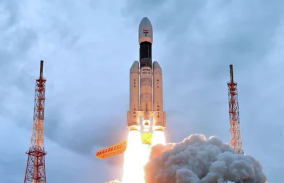A shortage in international containers has led the government to talk with exporters in search for help with the situation. This comes as freight rates rose over 300% in the last one year for key shipping routes. Here’s how we think the government can address the major container shortage.
Reason behind international container shortage
According to experts, due to the pandemic, only few empty containers were picked up, leaving many stuck at ports and inland depots. This resulted in a lesser number of shipper vessels being operated. The excruciatingly lengthy turnaround time for containers can also be credited to long waiting times as key ports due to congestion. Add the recovering economy to it too.
Effect on Indian exporters
Shipment delays accompanied by liquidity issues have become a cause of concern for many Indian exporters, who are still in line to receive payment for exported goods. Those shipments that took 45 days are now taking 75-90 days, resulting in liquidity crunch for small scale exporters. Furthermore, high turnaround time for ships is also contributing to the existing problems.
What can the government do?
The government is being called out by exporters with a demand to regulate the export of empty containers. As many countries have been willing to pay a premium for empty containers, it has become an added problem in managing the container shortage. The government could curb the export of empty containers. Furthermore, exporters want the government to release nearly 20,000 containers, abandoned or detained by government agencies, to augment supply.
The Federation of Indian Export Organisations has called on the government to introduce a freight support scheme for all exports. Exporters wish the government to push back on Shipping lines offering priority booking at higher tariff, suggesting that they revert to taking bookings on a first come first serve basis.






